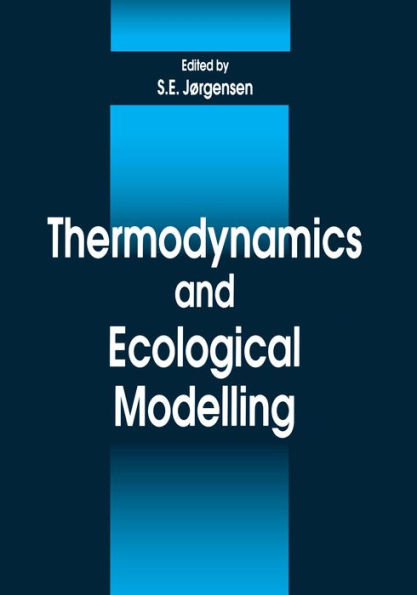Thermodynamics is used increasingly in ecology to understand the system properties of ecosystems because it is a basic science that describes energy transformation from a holistic view. In the last decade, many contributions to ecosystem theory based on thermodynamics have been published, therefore an important step toward integrating these theories and encouraging a more wide spread use of them is to present them in one volume.
An ecosystem consists of interdependent living organisms that are also interdependent with their environment, all of which are involved in a constant transfer of energy and mass within a general state of equilibrium or dis-equilibrium. Thermodynamics can quantify exactly how "organized" or "disorganized" a system is - an extremely useful to know when trying to understand how a dynamic ecosystem is behaving.
A part of the Environmental and Ecological (Math) Modeling series, Thermodynamics and Ecology is a book-length study - the first of its kind - of the current thinking on how an ecosystem can be explained and predicted in terms of its thermodynamical behavior. After the introductory chapters on the fundamentals of thermodynamics, the book explains how thermodynamic theory can be specifically applied to the "measurement" of an ecosystem, including the assessment of its state of entropy and enthalpy. Additionally, it will show economists how to put these theories to use when trying to quantify the movement of goods and services through another type of complex living system - a human society.
Thermodynamics is used increasingly in ecology to understand the system properties of ecosystems because it is a basic science that describes energy transformation from a holistic view. In the last decade, many contributions to ecosystem theory based on thermodynamics have been published, therefore an important step toward integrating these theories and encouraging a more wide spread use of them is to present them in one volume.
An ecosystem consists of interdependent living organisms that are also interdependent with their environment, all of which are involved in a constant transfer of energy and mass within a general state of equilibrium or dis-equilibrium. Thermodynamics can quantify exactly how "organized" or "disorganized" a system is - an extremely useful to know when trying to understand how a dynamic ecosystem is behaving.
A part of the Environmental and Ecological (Math) Modeling series, Thermodynamics and Ecology is a book-length study - the first of its kind - of the current thinking on how an ecosystem can be explained and predicted in terms of its thermodynamical behavior. After the introductory chapters on the fundamentals of thermodynamics, the book explains how thermodynamic theory can be specifically applied to the "measurement" of an ecosystem, including the assessment of its state of entropy and enthalpy. Additionally, it will show economists how to put these theories to use when trying to quantify the movement of goods and services through another type of complex living system - a human society.

Thermodynamics and Ecological Modelling
384
Thermodynamics and Ecological Modelling
384eBook
Related collections and offers

Product Details
| ISBN-13: | 9781351990479 |
|---|---|
| Publisher: | CRC Press |
| Publication date: | 10/03/2018 |
| Series: | Environmental & Ecological (Math) Modeling |
| Sold by: | Barnes & Noble |
| Format: | eBook |
| Pages: | 384 |
| File size: | 28 MB |
| Note: | This product may take a few minutes to download. |
